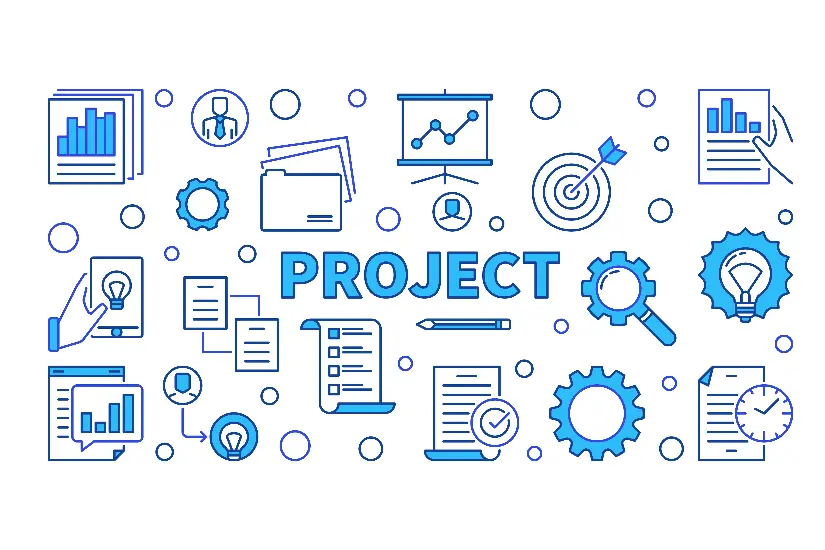Helpdesk
Handling support requests
Provides various channels for customers to seek assistance, including email, live chat, and a website submission form. These diverse contact options allow customers to quickly receive support and enable the support team to manage multi-channel support tickets from a central location.
Service Level Agreement (SLA)
A service level agreement (SLA) outlines the standard of service a customer can anticipate from a supplier. SLAs offer a timeline that informs customers when to expect outcomes and helps keep the support team on schedule.
Reporting
Reports enable you to manage employee workload, identify areas for improvement, and ensure that customer expectations are being met.
Ratings
Requesting customers to rate the support they received from the customer service team offers a chance to assess the team’s performance and monitor customer satisfaction. These ratings can be published on the portal, giving clients an overview of the team’s effectiveness.Post-sales services
Can be set up in the app for specific teams. Once activated, users can issue refunds, generate coupons, handle returns, and schedule repairs or field services directly from the ticket.Close tickets
Besides manually closing resolved tickets, automatically closing inactive tickets helps keep the pipeline current. Additionally, enabling customers to close their own tickets reduces confusion about whether an issue is considered resolved.Track and bill time
The app enables teams to monitor the hours spent on a ticket and invoice the client for that time. Clients can be billed immediately after the job is completed or in advance.Planning
Enables you to schedule your team’s activities and manage shifts and resources.
Project
Classifying
All projects are divided into tasks, which are categorized on the board based on their current production stage.
Repetitive tasks
There are tasks that need to be performed periodically and regularly. The application allows you to manage your work with recurring tasks.
